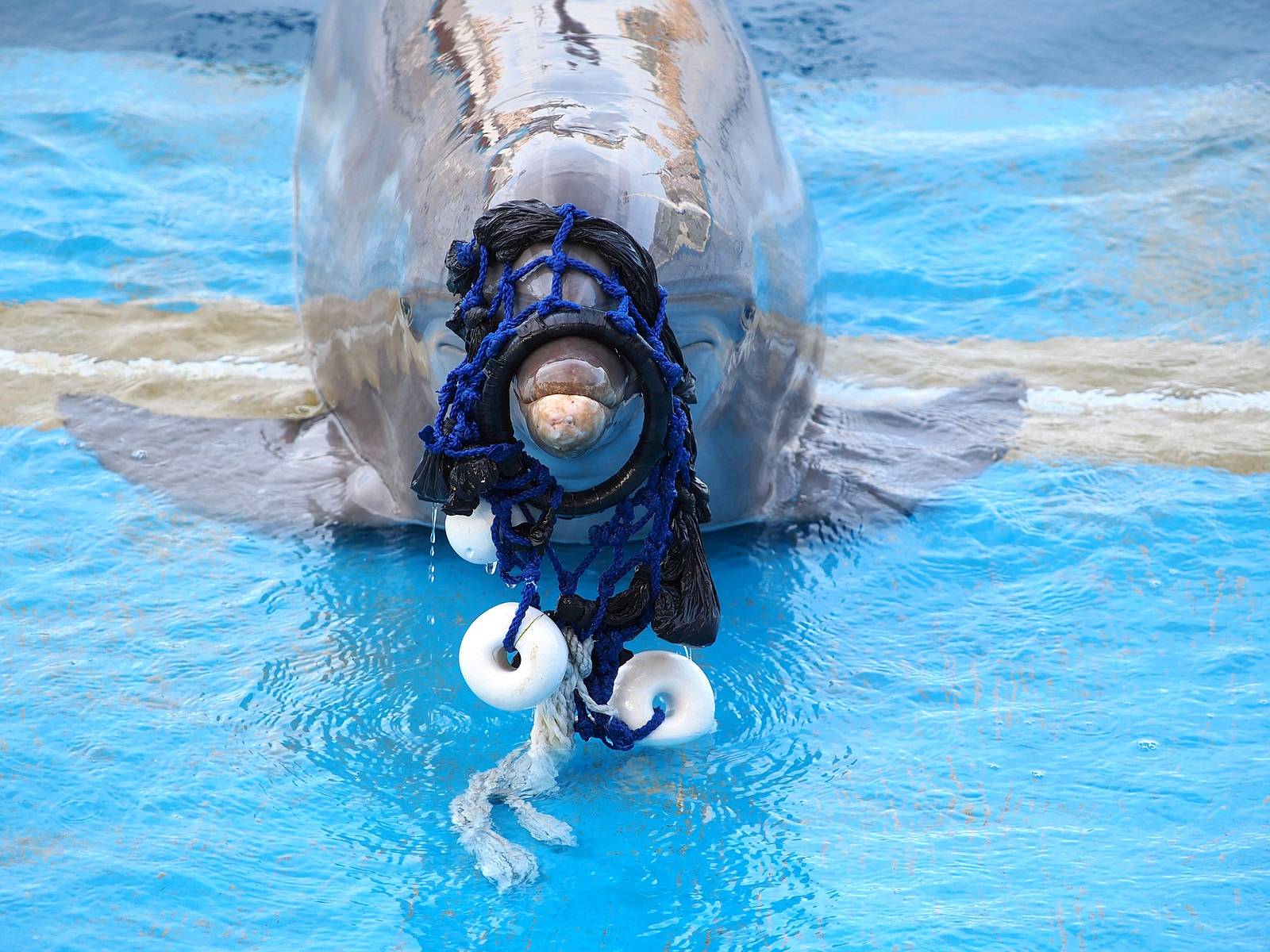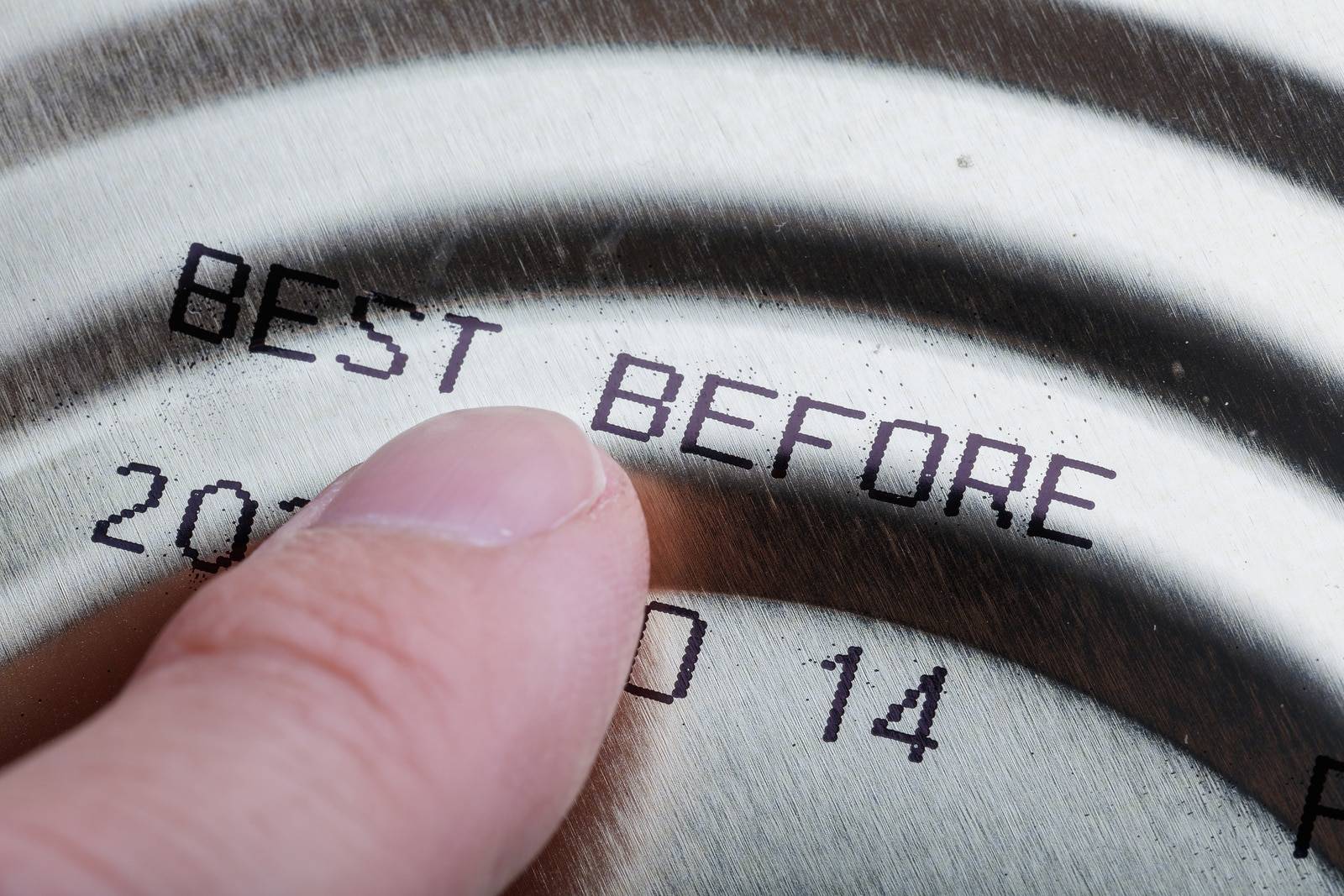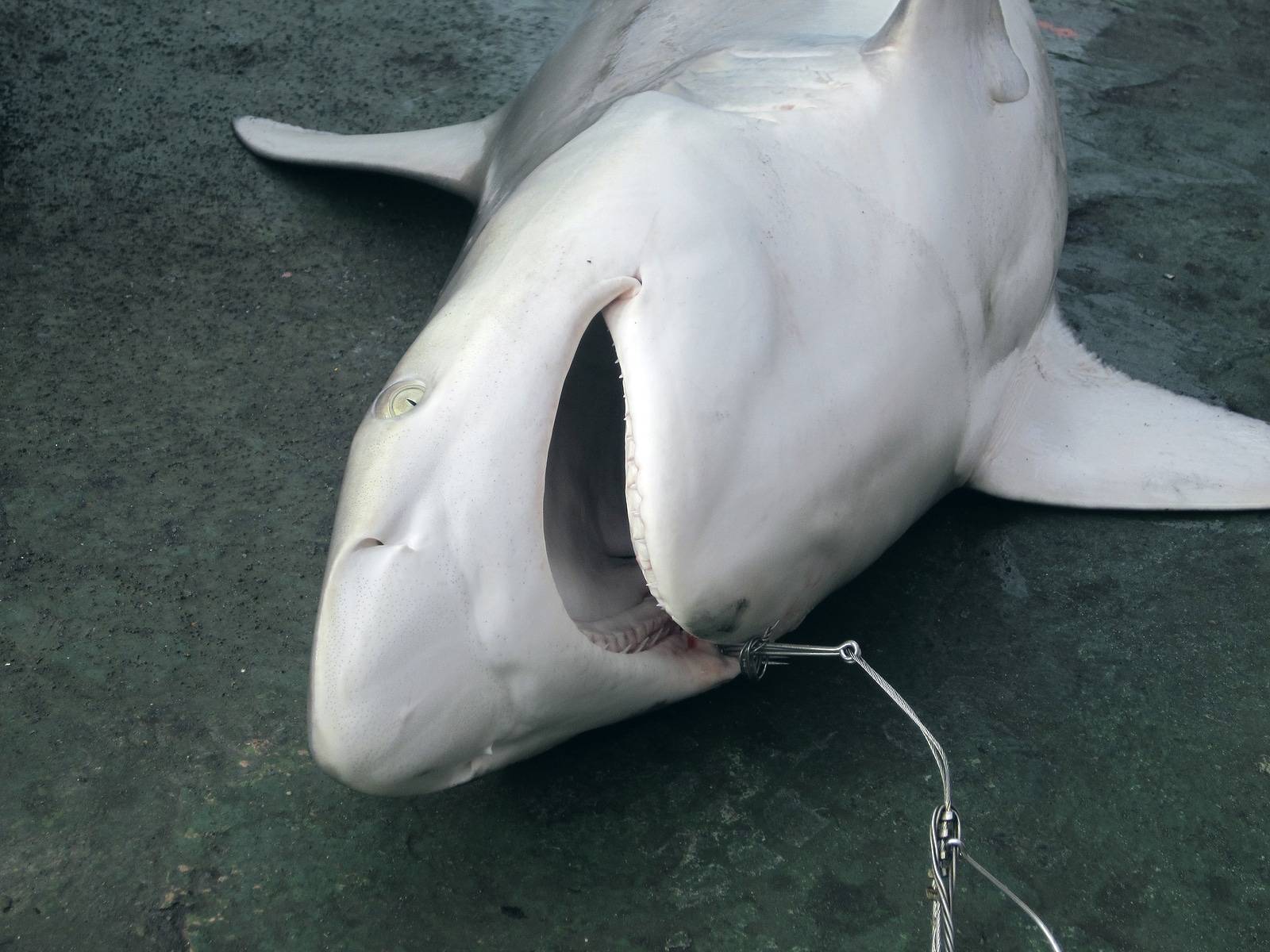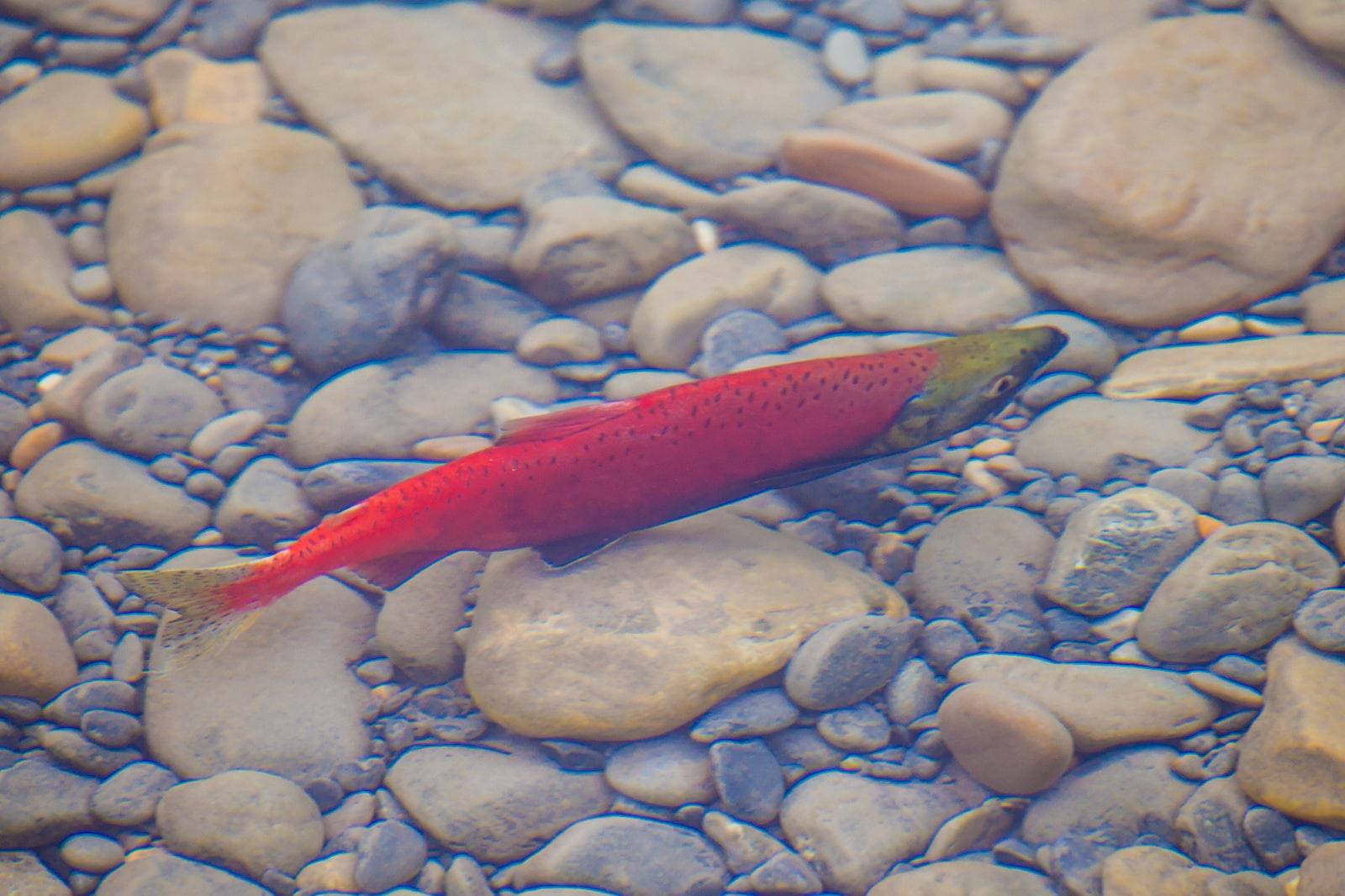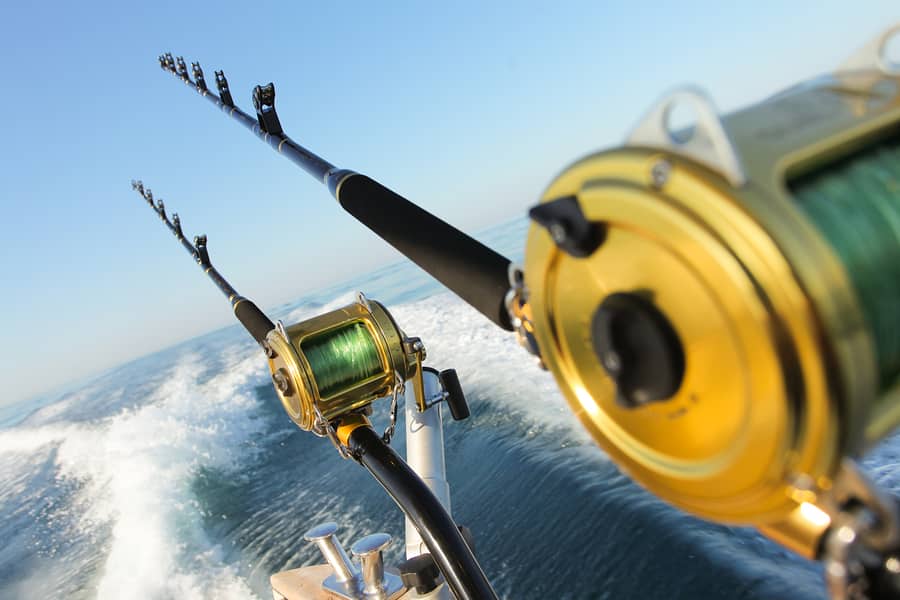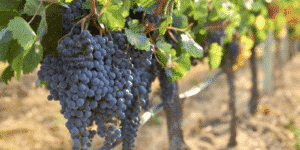Dolphin-Safe Labels, the Ocean’s Biggest Lie?
The United States “Dolphin-safe” tuna labeling encourages fishing methods that are most likely endangering entire marine ecosystems. The World Trade Organization conducted a full review of all of the empirical and scientific evidence available in 2012. That study concluded that the “dolphin-safe” tuna standards established by the United States Congress in 1990 were influential in the short term by raising awareness; they are now outdated and effectively deceptive to U.S. consumers. The reality is that the “dolphin-safe” policy enacted by the U.S. only refers to a region known as the Eastern Tropical Pacific (ETP).
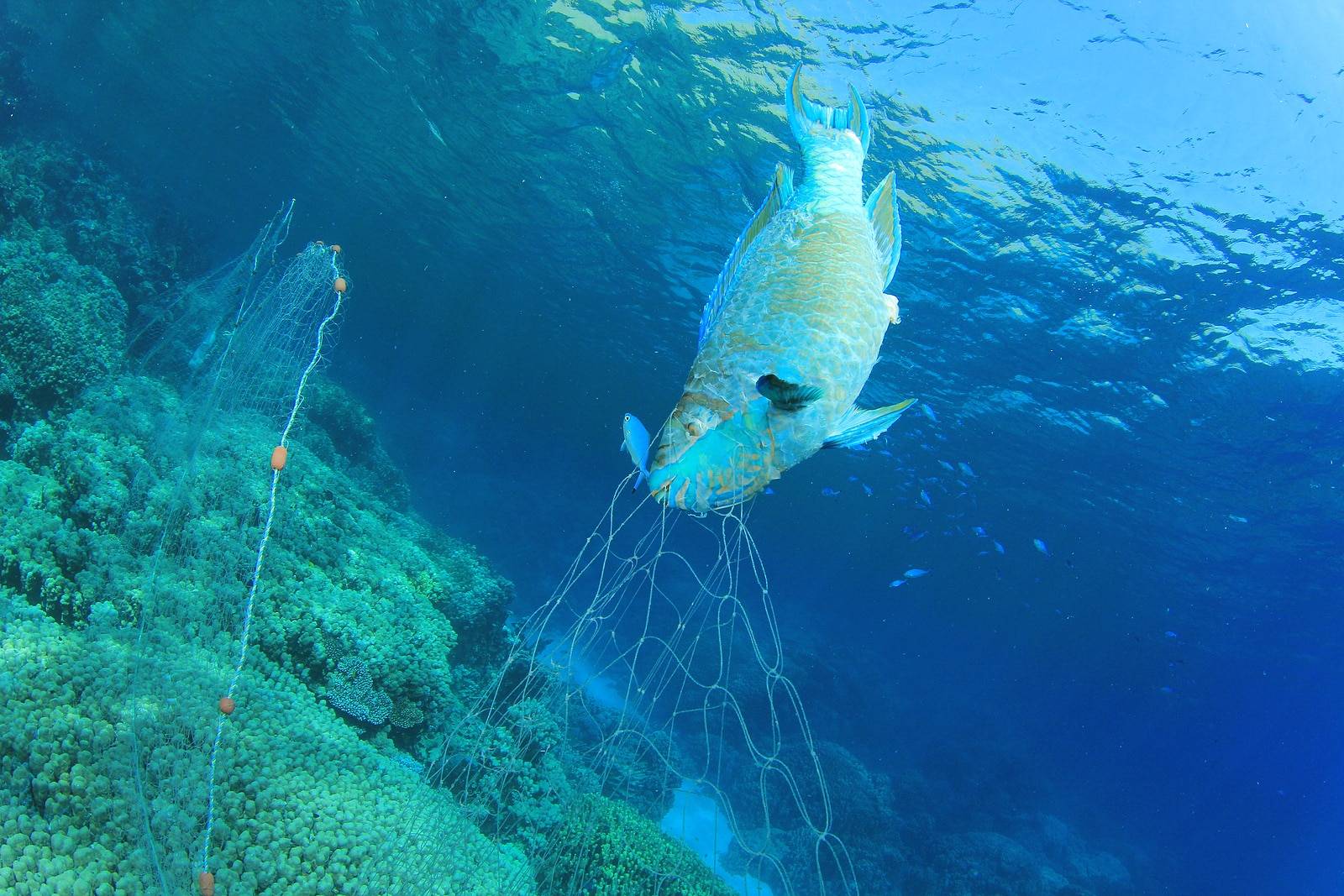
So the dolphin-safe label certifies that no harm occurred to dolphins only if the tuna were caught within the ETP fishery. According to the WHO report, when thousands of dolphins are killed outside of the ETP by commercial fishing fleets searching for tuna, the canned tuna can still bear the “dolphin-safe” label under the current standards. Unfortunately, it has been proven that more than 98% of the tuna sold in the U.S. market is sourced from outside this area. That means that untracked and unmonitored fisheries that kill thousands of dolphins every year are sold in the U.S. under the dolphin-safe label.

Most marine scientists agree that the most significant threat to today’s oceans is commercial fishing. Incidental bycatch is the term used to cover up a multitude of sins in the fishing industry. This is the term used to describe any marine life that is unintentionally killed during commercial fishing operations. While the word seems benign enough, what it is accounting for is the thousands of whales, dolphins, sharks, sea turtles, sea birds, and other sea life casualties of massive commercial fishing operations worldwide.
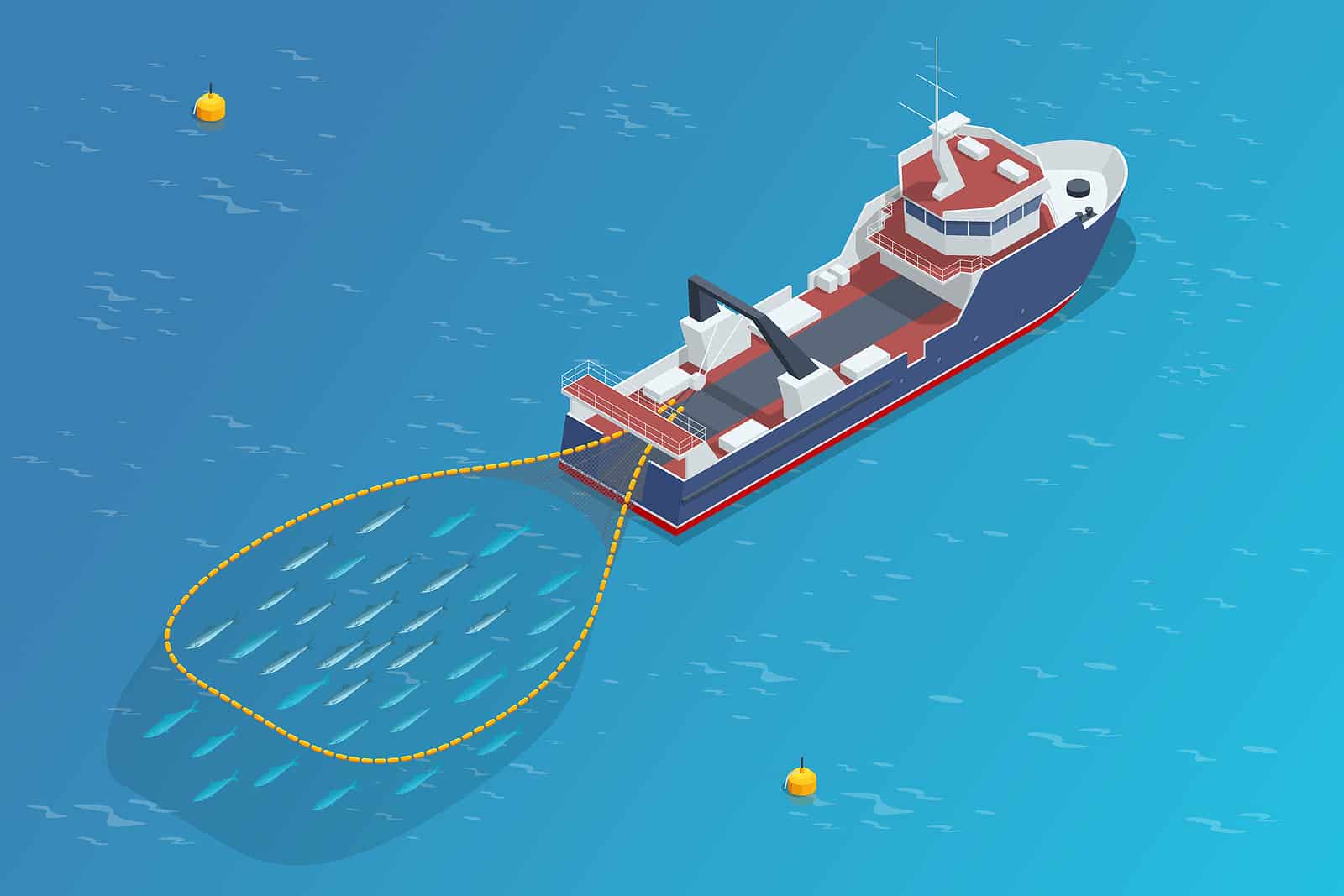
Incidental bycatch occurs when other marine species are unintentionally hooked or entangled in commercial fishing boats’ nets. Some of the fishing methods proven to cause the most damage include longlines, purse seine nets, fish aggregating devices, and gillnets. These fishing techniques are designed to trap the most amount of marine life with no discrimination to species. Gillnets, made of plastic mesh, snag any fish by their gills as they try to swim through it. Longlines are simply miles and miles of fishing rope with thousands of baited hooks. These techniques are indiscriminate on what kind of marine life they capture, but they are sadly very effective.
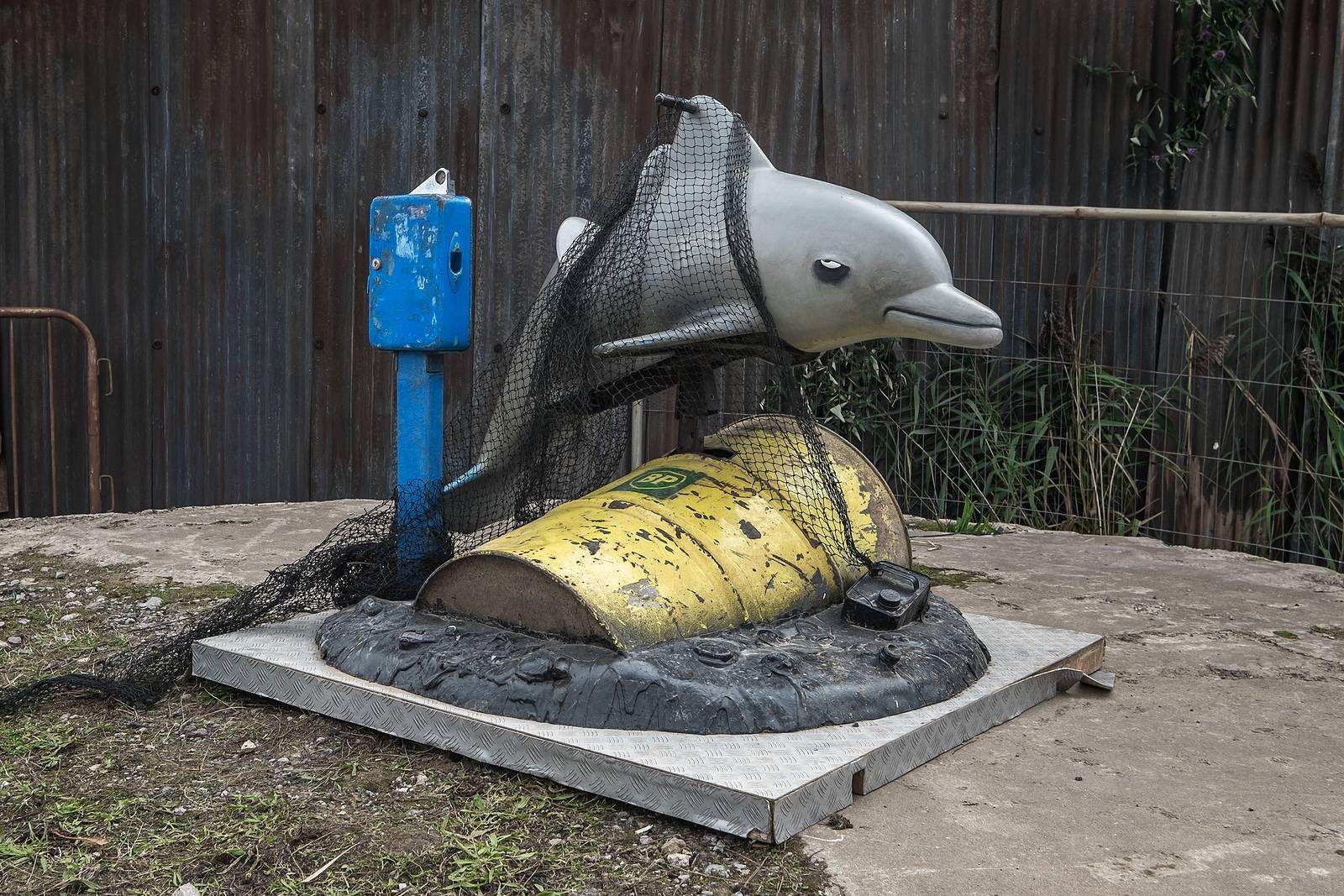
Currently, the system for obtaining the dolphin-safe label is not transparent, tracked, or verified. According to the U.S. Consumers Union, Earth Island is an independent environmental organization responsible for verifying that dolphin-safe tuna standards are being met. However, experts agree that U.S. dolphin-safe labels provide no guarantee that dolphins were not harmed during the commercial fishing process. The verification processes they employ are neither independent nor universal.


